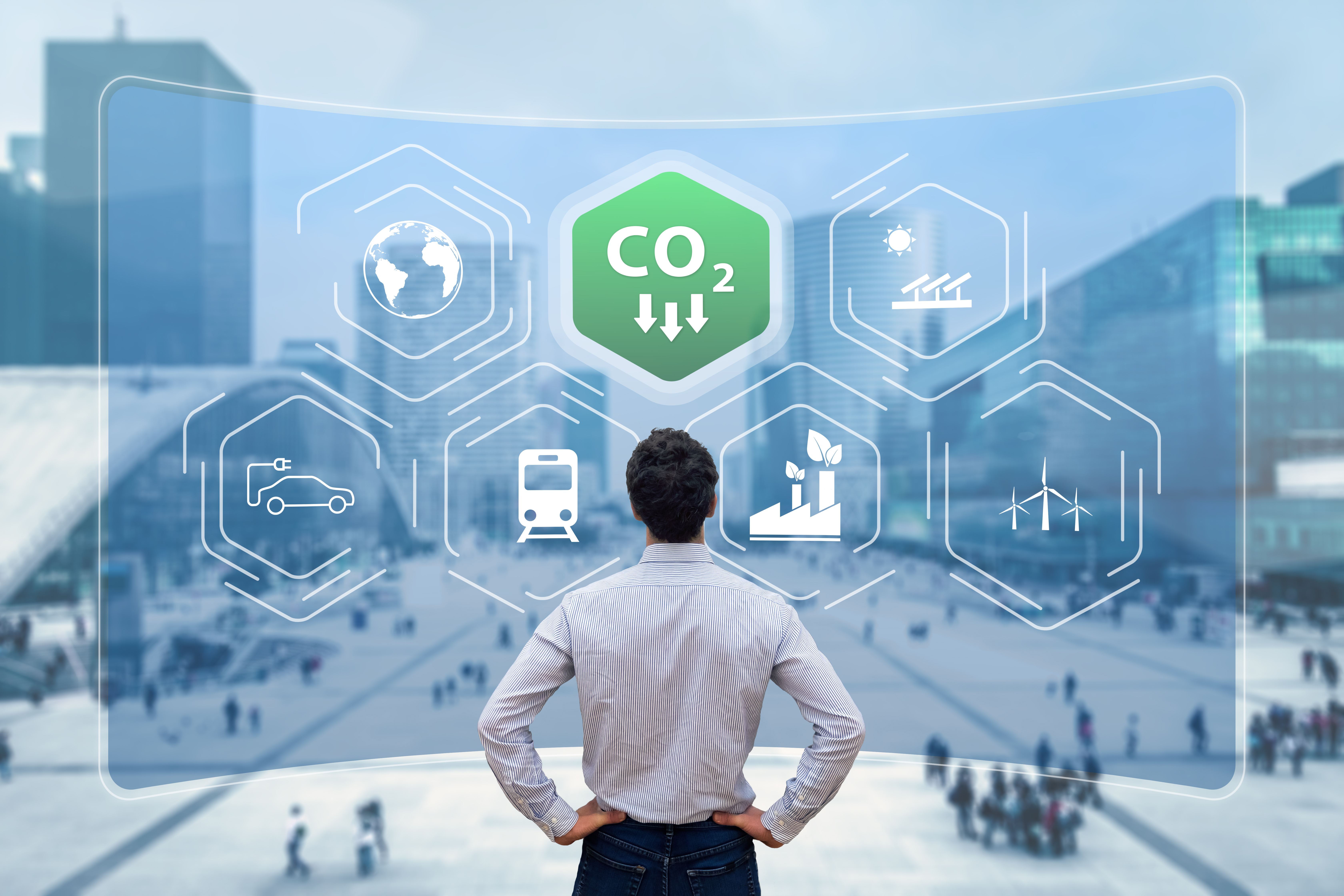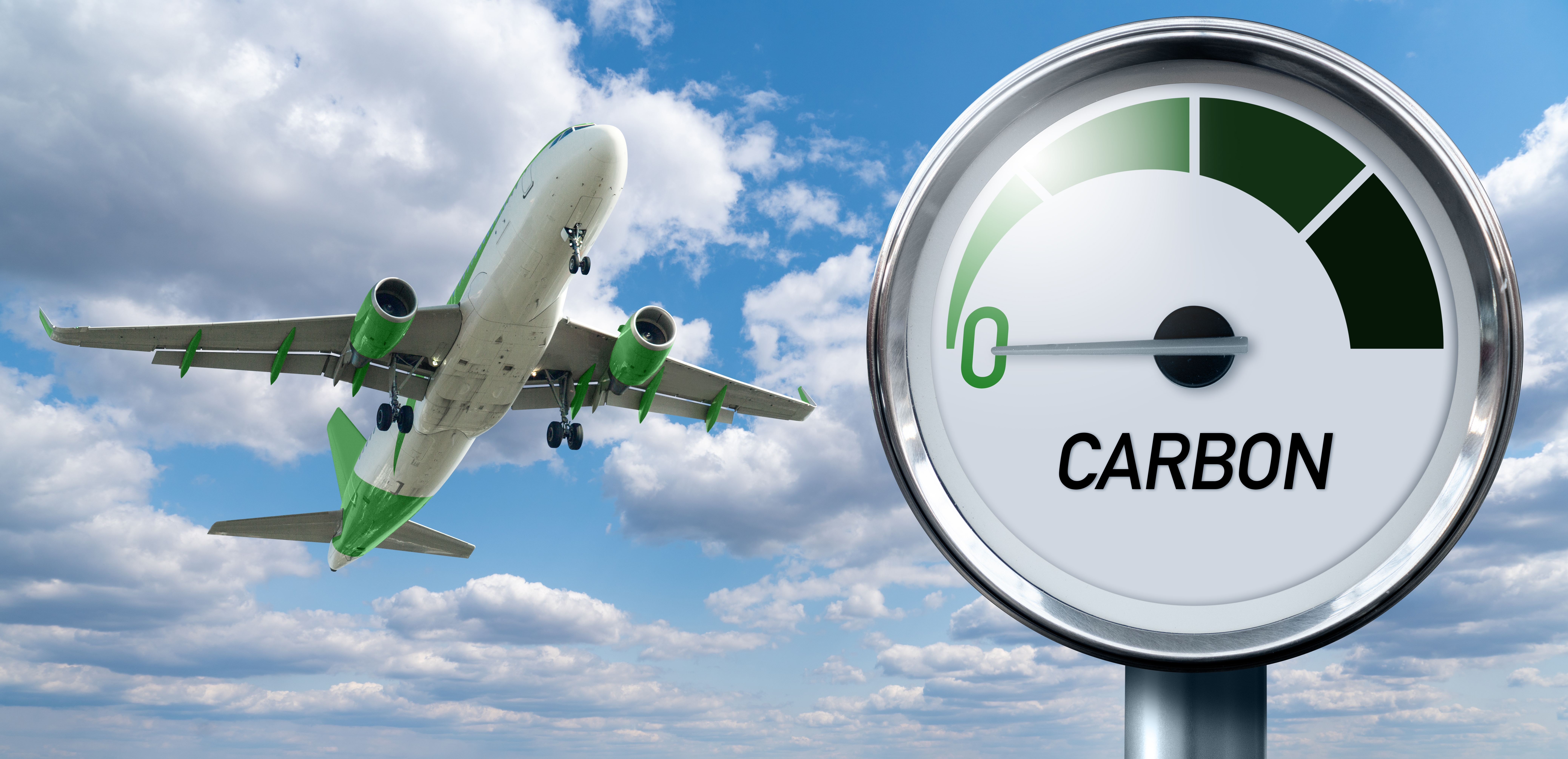Transportation DeCarbonization: Rail Transport

In recent political cycles, we’ve heard a lot of talk about Rail transport in the United States. Most of that talk has been in the context of the US needing more rail accessibility, so it may surprise some to discover that the United States actually has the largest rail network in the world. The catch is, this network is used primarily for freight, not passenger transport, and generally when we speak about rail (at least in politics and on the news), we mean for passengers. Freight made up 91% of all rail-use energy in 2019, so we almost exclusively use it for freight transport, in fact.
Rail accounts for 28% of freight transport by ton-miles, but only resulted in 2% of total transportation emissions. So, given that rail is astonishingly more efficient than both trucking and single vehicle passenger transport (cars), part of the focus on rail is an effort to expand its accessibility, particularly on the passenger side. This would have a two-fold impact on emissions because we would see both an increase in utilization of a lower emission intensive mode of transport, and a simultaneous impact on decreasing traffic related emissions from more intensive transport methods.
Freight rail transport in the US uses diesel locomotive engines almost exclusively, where passenger rail has a mix of diesel and electric. Most intercity transport is diesel, where some light rail and streetcar transport is electrified (think Commuter Rail versus Green Line MBTA lines). Full electrification looks like a near impossible hurdle for US freight transport, because of both the long distances and low traffic levels on most rail lines. Additionally, the current electrification modes in use like overhead lines, or third rails are obviously not at all conducive to long rail lines – emission reductions in this segment would most likely have to come from renewable fuels, hybridization, or new technologies. However, electrification of commuter lines may offer an avenue for further sector emission reductions.
The goals and steps outlined by the Federal Government in the Transportation Blueprint for rail include:
- Infrastructure Investment: electric locomotives and electrification corridors investment, as well as investment in facilitating the availability of clean/renewable fuels.
- Multi-stakeholder Collaboration: enhanced partnerships amongst those in government and industry with a vested interest, in order to accelerate the pace of technology development, adaptation, and accessibility.
- Research & Innovation: investment in research to determine the best and most viable strategies for decarbonization of the sector, particularly through the use of pilot programs to optimize the gathering of real-world data and allow accurate analysis of all the vehicle and environment factors involved to accelerate development in the best clean technologies.
Again, as with the other segments being discussed, a successful pivot away from primarily diesel based rail transport in the United States would have longer term impacts on the market in terms of supply & delivery demands for diesel fuel and associated lubricants.
Something to keep in mind, and that we will keep an eye on as the process continues.

